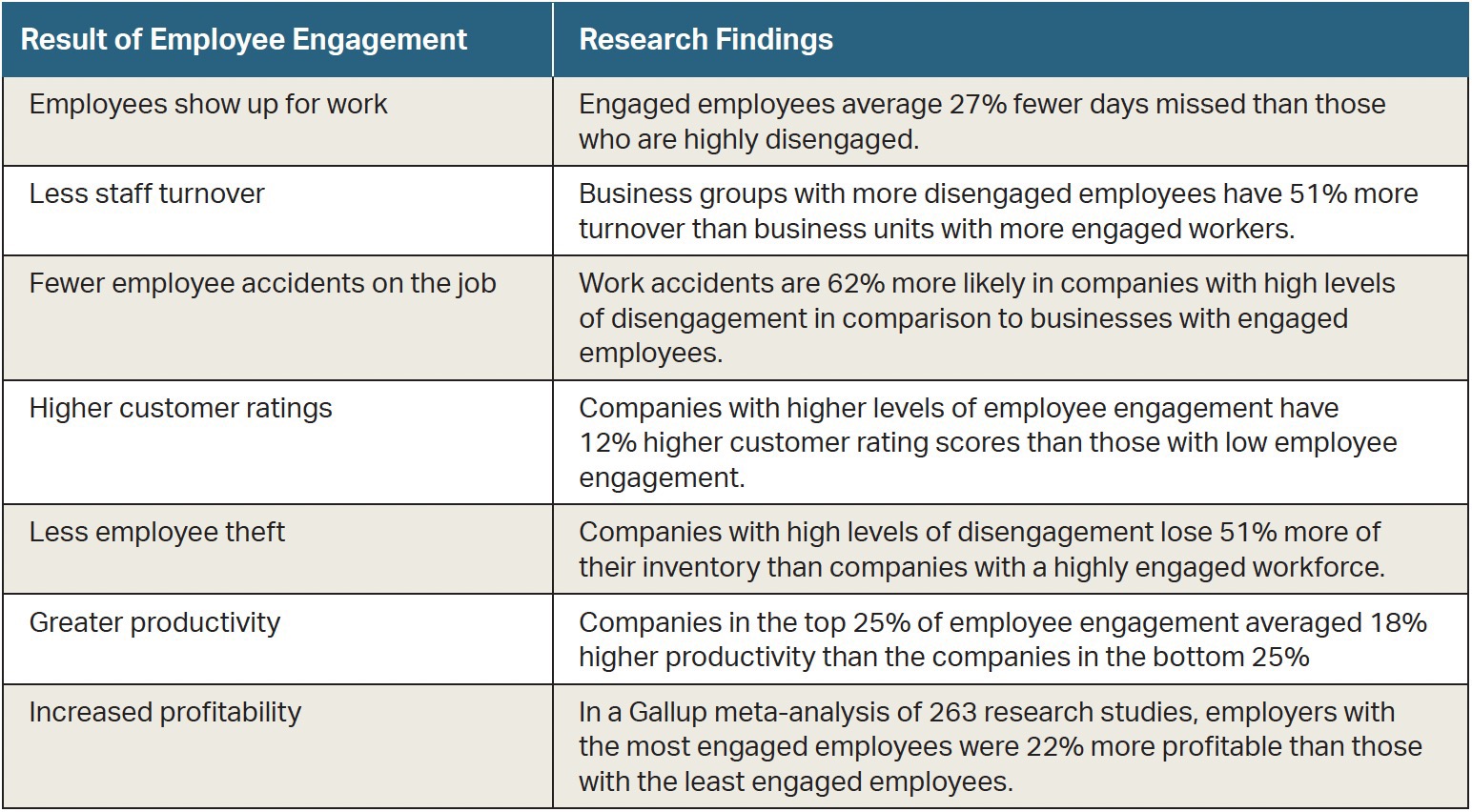If there was a bright side to the COVID pandemic, which left most workers abandoning office work and signing in remotely, it was an ensuing global awakening that employees are people; they bring their whole selves to their work, and they need to regularly be told they are valued.
The pandemic sparked a recognition of the importance of recognition; an appreciation for appreciation.
You’ve no doubt heard the axiom, employees don’t leave companies, they leave managers. That’s ingrained in management’s collective mind-set. They get it now, right?
“Some do. More do than used to. Whether it’s most, I don’t know,” said Paul White in a recent podcast interview with Sales & Marketing Management.
A Failure to Communicate
White is co-author of “The 5 Languages of Appreciation in the Workplace.” His co-author, Gary Chapman, wrote “The 5 Love Languages: The Secret to Love That Lasts,” a New York Times bestseller that has sold more than 20 million copies worldwide.
When White was consulting for family-owned businesses in the early 2000s, he witnessed first-hand the lack of communication in workplace settings that created dysfunctional teams. Workers didn’t feel valued because managers weren’t effectively communicating appreciation. That led to disengagement and high turnover.
At the time, White and his wife were rereading Chapman’s bestseller on love languages. That book explains five different ways that people express and receive love in relationships, and how knowing your partner’s preferred love language can strengthen the relationship. White wondered whether the main concepts from the book could be adapted to the workplace to achieve the same results.
The first edition of “The 5 Languages of Appreciation in the Workplace” was published in 2011. More than 600,000 copies have been sold and more than 400,000 people have completed the authors’ Motivation by Appreciation survey. The online questionnaire, which takes about 15 minutes to complete, identifies individuals’ preferred means of being told they are appreciated at work. White and Chapman state that it helps colleagues connect more deeply by customizing appreciation for each worker so they are motivated by feeling valued.
The 5 Languages of Appreciation
White retained Chapman’s original five languages of love for his workplace appreciation template. They are:
- Words of affirmation – There are many ways to use praise to communicate a positive message to a colleague. It’s important to learn how a person prefers to be praised, whether it’s one on one, in front of others or written affirmation.
- Quality time – Focused attention is one of the most important aspects of quality time, but it may not be desired from one’s immediate manager. Some people who prefer this type of appreciation get a lot from good conversations with peers.
- Acts of service – An example is an offer of help, but be certain to offer the kind of help a person wants. Administrative assistants, who are often overwhelmed with items on a to-do list, often crave acts of service.
- Tangible gifts – It could be tickets to a sports event or concert, the latest electronic gadget or a trip to the Caribbean for two. The trick is to make sure the gift matches the recipient’s interest. One size definitely does not fit all in this category.
- Physical touch – White admits this is a tricky category to keep from Chapman’s love languages list for people who are life partners. However, a firm handshake, a pat on the back, a high-five and even a hug for some people is a welcomed sign of appreciation in the workplace. It’s important to make sure a colleague’s preferred language is physical touch and never push the boundaries of what is acceptable office behavior.
Recognition vs. Appreciation
This report is about the win-win of recognizing top performers with more than a paycheck. If you’re from the Don Draper “That’s what the money is for!” school of management, then convincing you that showing appreciation using something other than cash may be an uphill battle. Just a reminder: “Mad Men” was set in the 1960s. This is a decidedly different, multigenerational work environment.

“Appreciation [in addition to pay] has become more accepted, in part because of younger employees,” White said. “It’s more part of their world view about the workplace. They are not there just to get a paycheck. They want to do something meaningful, and they want to be valued for who they are.”
To be clear, White stresses there are important differences between appreciation and recognition. Recognition, he said, is about setting goals and changing behaviors to reach those goals. Appreciation emphasizes what is good for the company and good for the person. “Authentic appreciation involves both behavior and heart attitude,” he said. It’s not to say that recognition is bad, but rather that recognition should always be accompanied by genuine appreciation.
The ROI of Appreciation
White has worked with notable brands such as Nationwide Insurance, Microsoft and Pepsi Global to help them understand the importance and best practices of creating a culture of appreciation. It’s important for managers of teams and business leaders to fully comprehend the win-win aspects of workplace appreciation or they may not totally buy in.
A false assumption of appreciation is that the primary goal is to make workers feel good, White said. There is copious
research and ample anecdotal evidence that appreciation, when done well, increases employee engagement, which improves performance, which boosts companies’ bottom line. Studies show that a workforce that feels appreciated (and is encouraged to express appreciation to colleagues) has less turnover, high customer satisfaction and increased profitability. (See the accompanying chart.)
“When employers connect with employees as individuals, express acknowledgement for a job well done or for being a team player, they will see more employee engagement,” said Diane Rosen, president of Dr² (Dr. Squared), a consultancy that works with clients to increase workplace engagement and performance. Her comments came in an email exchange with SMM.
Recognition can be in the form of increased autonomy, additional training or readiness to support them however they need it, Rosen added. “For managers, the most critical element for promoting engagement is ongoing communication with employees and inviting their ideas and suggestions since those doing the work often have valuable insight into efficiencies, best practices and how logjams form. Establishing a culture of dialogue and reciprocity is the best predictor of engagement.”
Be Authentic
White cautions that if appreciation isn’t authentic — if its purpose is driven primarily by what’s good for the company — it can backfire.
“Unfortunately, some unscrupulous leaders try to utilize the positive process of communicating appreciation to achieve the organizational benefits without really valuing their employees,” he writes in his book. “When employees feel the underlying motivation for receiving recognition or appreciation is for the benefit of the company or manager, and thus, not being genuinely about them as a person, they react negatively.”
The only thing worse than a lack of appreciation is a recognition program that leaves employees cynical and resentful. Here, it’s important to be mindful of White’s distinction between recognition and appreciation. A sales incentive contest, by definition, is designed to increase profitability for the company. That’s understood. It’s also understood that reps who achieve their goals will be recognized (ideally with something other than cash). Within the constructs of an incentive campaign, there is also ample opportunity for genuine appreciation.
“When authentic appreciation is communicated, all stakeholders win — the employer, the supervisor, the organization, customers and clients, as well as the family and friends of the employee who get to enjoy a more positive, encouraged individual,” White writes. “No matter your role or the type of setting in which you work, you can start to impact those around you by beginning to communicate appreciation to those with whom you work on a daily basis. They key is to start somewhere with someone.”





